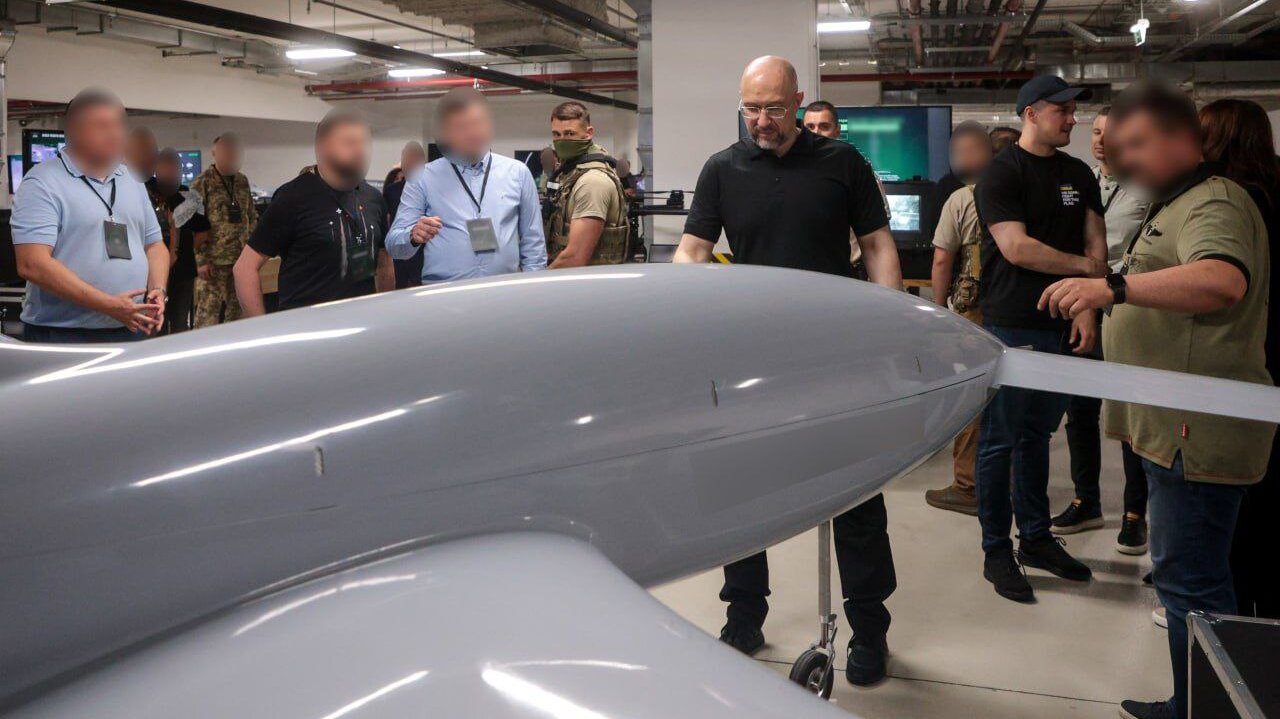Ukraine drone attack on russia – Ukraine drone attacks on Russia represent a significant escalation in the ongoing conflict. These attacks, targeting both military and civilian infrastructure, have raised concerns about the potential for further escalation and the international implications of such actions. This analysis delves into the geographic targeting of these attacks, the types of drones employed, their impact on Russian infrastructure and morale, Russia’s countermeasures, and the international reactions.
We will explore the strategic implications, logistical challenges, and the evolving dynamics of this crucial aspect of the war.
The frequency and sophistication of these drone attacks highlight the changing nature of modern warfare, with unmanned aerial vehicles playing an increasingly important role. Understanding the strategic objectives behind these attacks, the technological capabilities involved, and the responses they elicit is crucial to comprehending the ongoing conflict and its potential future trajectories. We will examine the effectiveness of the Ukrainian drone program, the vulnerabilities it exposes in Russian defenses, and the broader geopolitical consequences.
Ukrainian Drone Attacks on Russia: A Geographic and Strategic Analysis: Ukraine Drone Attack On Russia
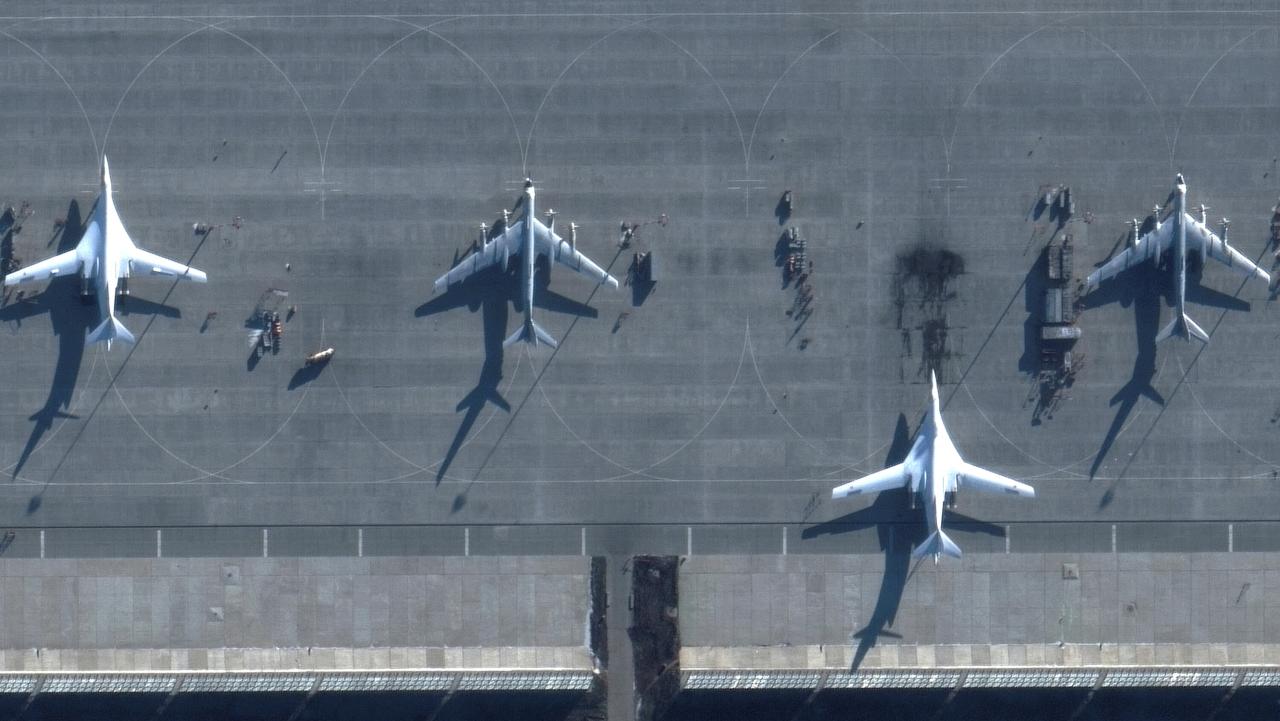
The escalating conflict in Ukraine has witnessed a notable increase in the use of unmanned aerial vehicles (UAVs), or drones, by Ukrainian forces to target various locations within Russia. These attacks, while controversial, represent a significant shift in the dynamics of the war, impacting Russian infrastructure, morale, and international perceptions. This analysis examines the geographic targeting of these attacks, the types of drones employed, their impact, Russia’s response, and the broader international implications.
Recent drone attacks on Russian territory by Ukraine have highlighted the increasing sophistication of unmanned aerial vehicles in modern warfare. The technology involved is rapidly advancing, as evidenced by companies like Sky Elements, whose drones, showcased at sky elements drones , offer impressive capabilities. These advancements undoubtedly influence the tactics employed in the ongoing conflict in Ukraine, pushing both sides to adapt and innovate further.
Geographic Targeting of Drone Attacks
Ukrainian drone strikes have primarily targeted regions in southwestern and western Russia, including areas bordering Ukraine, as well as regions further inland. These locations hold varying strategic significance. Proximity to the Ukrainian border facilitates logistical ease for some attacks, while targeting more distant locations signifies a potential expansion of Ukraine’s operational range and capabilities. The logistical challenges involved in reaching these targets are considerable, involving considerations of flight range, fuel capacity, and the need to evade Russian air defenses.
Longer-range strikes require more sophisticated drones with greater payload and endurance capabilities, or the use of launch points further into Russian territory (though this is speculative and requires further evidence).
| Location | Date | Target Type | Reported Damage |
|---|---|---|---|
| Belgorod Oblast | July 2023 | Oil depot | Significant fire and damage |
| Bryansk Oblast | August 2023 | Military airfield | Damage to aircraft reported |
| Krasnodar Krai | May 2023 | Oil refinery | Minor damage, fire extinguished quickly |
| Moscow | May 2023 | Residential building | Minimal damage, one injured |
Types of Drones Used in Attacks
Several types of drones have reportedly been used in these attacks, ranging from commercially available UAVs modified for military purposes to potentially more advanced systems. Determining the precise models and their specifications remains challenging due to the secrecy surrounding these operations and the evolving nature of drone technology.
- Type 1: Modified commercial drones (e.g., DJI Matrice series). These typically have limited range and payload but are readily available and relatively inexpensive. Guidance systems are likely based on GPS and pre-programmed flight paths.
- Type 2: Potentially more advanced UAVs with extended range and payload capacity. These may be domestically produced or sourced from other countries. More sophisticated guidance systems, possibly including satellite imagery or inertial navigation, could be employed.
- Type 3: Long-range, loitering munitions designed for precision strikes. These would require more complex guidance systems and advanced propulsion systems.
The likely sources of these drones include both commercial markets and potential foreign suppliers. Procurement methods could involve clandestine purchases, donations, or even captured Russian drones repurposed for Ukrainian use. The exact methods remain unclear and are subjects of ongoing investigation and speculation.
Impact on Russian Infrastructure, Ukraine drone attack on russia
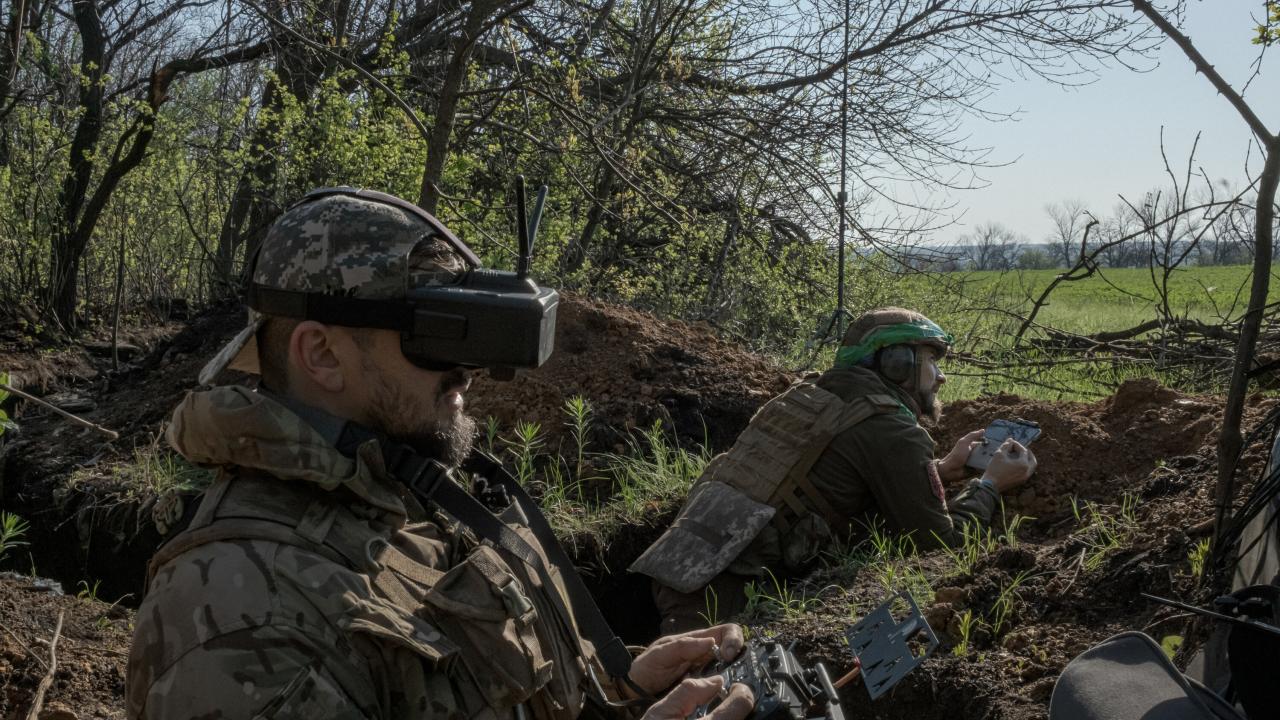
The drone attacks have inflicted varying levels of damage on Russian infrastructure. While some attacks have caused significant damage to energy facilities, military installations, and even civilian infrastructure, others have resulted in minimal impact. The economic consequences are significant, particularly in the disruption of oil and gas production and the costs of repairs and security enhancements.
Recent drone attacks on Russia by Ukraine highlight the increasing use of unmanned aerial vehicles in modern warfare. The precision and potential for disruption are undeniable, contrasting sharply with the chaotic scene of a recent drone show malfunction, as seen in this report on the orlando drone show malfunction. This incident underscores the importance of reliable technology, a stark difference to the strategic deployment seen in the Ukrainian conflict.
The vulnerability of even sophisticated systems is a critical consideration for both military and civilian applications.
| Target Type | Damage Level | Economic Impact | Social Impact |
|---|---|---|---|
| Energy facilities | Moderate to significant | Disruption of energy supply, repair costs | Public inconvenience, potential for shortages |
| Military installations | Variable | Loss of equipment, repair costs, disruption of operations | Increased fear and anxiety among military personnel and their families |
| Civilian infrastructure | Minor to moderate | Repair costs, disruption of services | Public anxiety, loss of confidence in authorities |
Russian Response to Drone Attacks
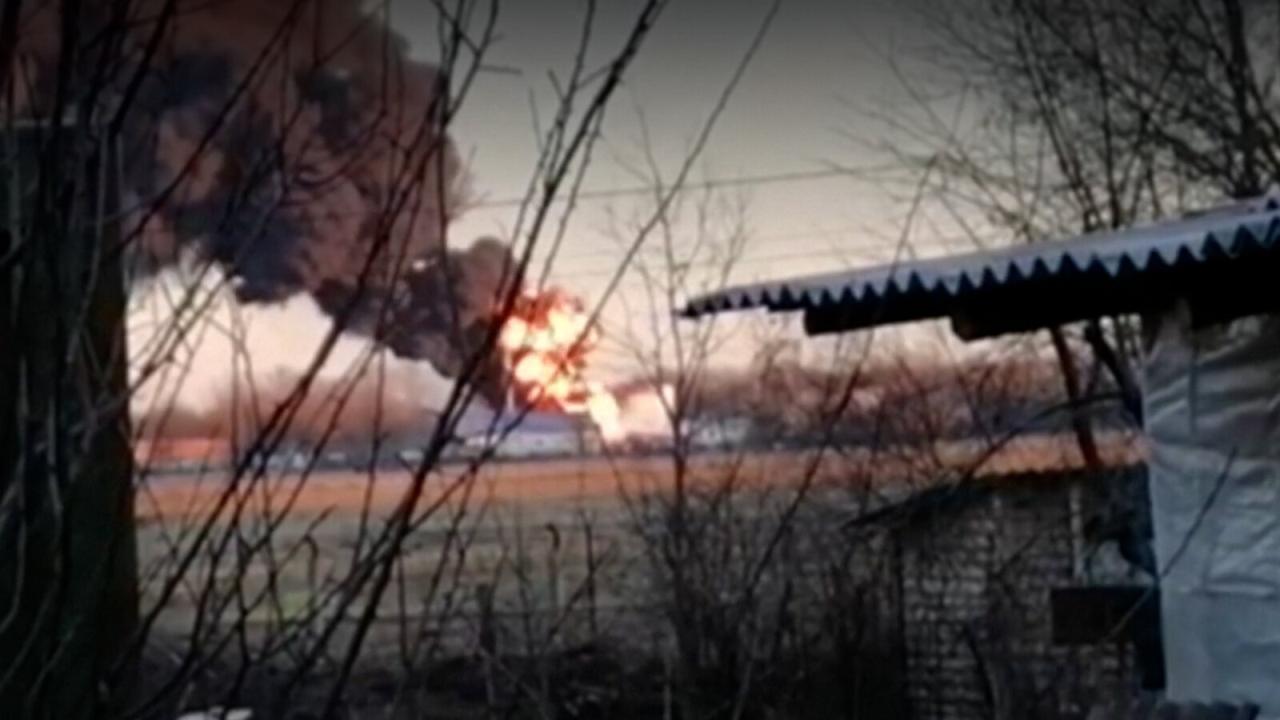
Russia has implemented various countermeasures to combat Ukrainian drone attacks, including deploying air defense systems, electronic warfare capabilities, and enhancing security around critical infrastructure. The effectiveness of these measures has been varied, with some attacks successfully neutralized while others have achieved their objectives.
“The Russian military is actively working to improve its air defense capabilities to counter the growing threat of Ukrainian drones.”
“Russia has deployed advanced electronic warfare systems to disrupt and jam Ukrainian drone communications and guidance systems.”
The political and military implications of Russia’s response are significant, highlighting the limitations of its air defense systems and potentially affecting its military strategy and public perception of its capabilities.
International Implications and Reactions
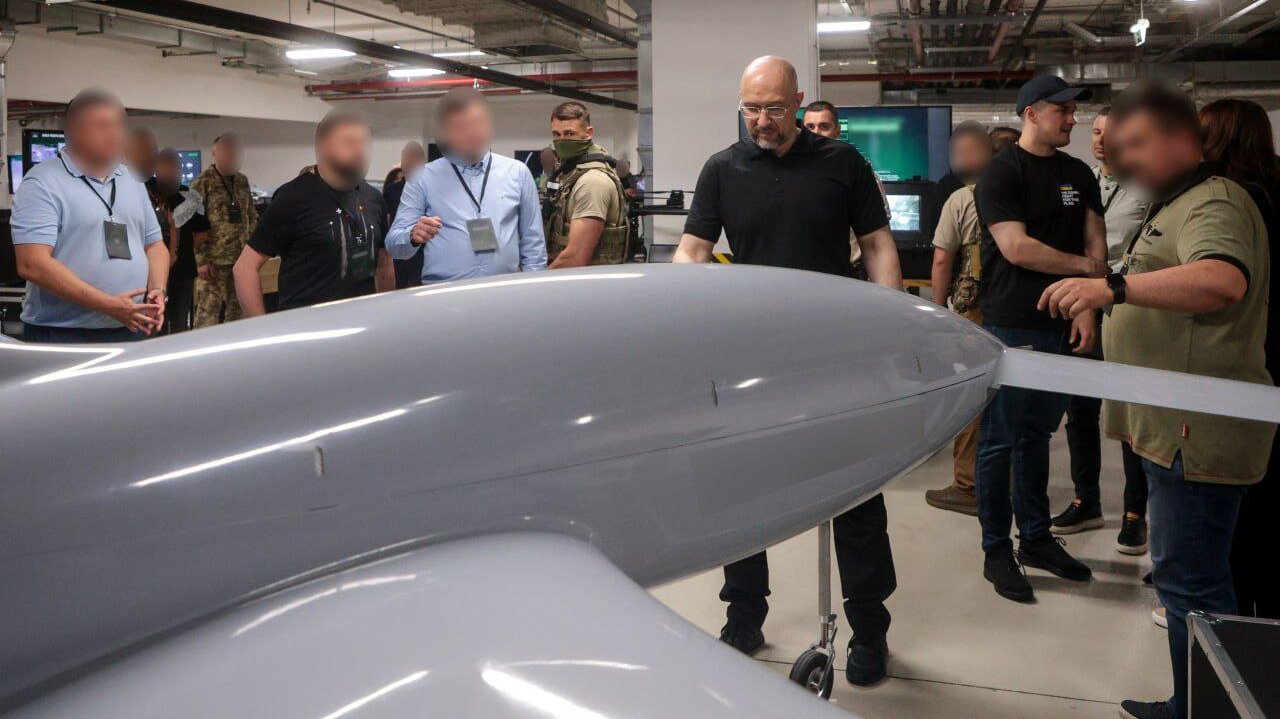
The international community’s reaction to the drone attacks has been varied. Some countries have expressed concern over the escalation of the conflict, while others have remained silent or offered ambiguous statements. The potential for escalation is significant, with the possibility of further retaliatory actions by Russia and a potential widening of the conflict.
- NATO: Has expressed concerns about the escalation of the conflict but has stopped short of direct military intervention.
- European Union: Has condemned the attacks and has imposed further sanctions on Russia.
- United States: Has provided Ukraine with intelligence and military assistance, including air defense systems.
Visual Representation of an Attack
Imagine a nighttime drone attack targeting a Russian military airfield. The drone, a relatively small, but stealthy UAV, approaches its target under the cover of darkness. It utilizes GPS and possibly inertial navigation systems to pinpoint its target. The sound of the drone’s propellers is barely audible, especially amidst the ambient sounds of the airfield. The drone descends, releasing its payload—a small but powerful explosive device.
A blinding flash, a deafening roar, and a plume of smoke and fire erupt. The acrid smell of burning fuel and metal fills the air. The scene is one of chaos and destruction; shattered buildings, burning vehicles, and the lingering smoke obscuring the once-organized layout of the airfield. The damage is extensive, rendering parts of the base unusable, and potentially crippling the military operations based there.
The use of drones in the Ukraine-Russia conflict marks a significant development in asymmetric warfare, challenging traditional military doctrines and highlighting the evolving nature of modern conflict. The strategic implications are far-reaching, affecting not only the battlefield dynamics but also the international political landscape and the economic stability of the region. Further analysis is needed to fully understand the long-term consequences of these attacks and the potential for escalation.
The continued use of drones will likely shape the future trajectory of the conflict and necessitate innovative countermeasures and international responses.
Recent drone attacks on Russia by Ukraine highlight the evolving nature of modern warfare, showcasing the increasing sophistication and range of unmanned aerial vehicles. This contrasts sharply with the more celebratory use of drones, such as those featured at the impressive orlando drone show , which demonstrates the technology’s potential for entertainment and spectacle. The stark difference underscores the dual-use capabilities of drone technology and the complex ethical considerations surrounding its deployment.
Commonly Asked Questions
What are the main objectives of Ukrainian drone attacks on Russia?
Objectives likely include disrupting Russian military operations, damaging critical infrastructure to weaken Russia’s war effort, and demonstrating Ukrainian military capabilities.
How does Russia defend against these drone attacks?
Russia employs various countermeasures, including electronic warfare systems, air defenses, and potentially, the deployment of anti-drone technologies.
What is the international community’s response to the drone attacks?
Reactions vary. Some countries condemn the attacks, others express concerns about escalation, while some remain largely silent.
What types of damage have these drone attacks caused?
Damage has ranged from minor to significant, affecting military bases, infrastructure (energy, transportation), and in some cases, civilian areas.
